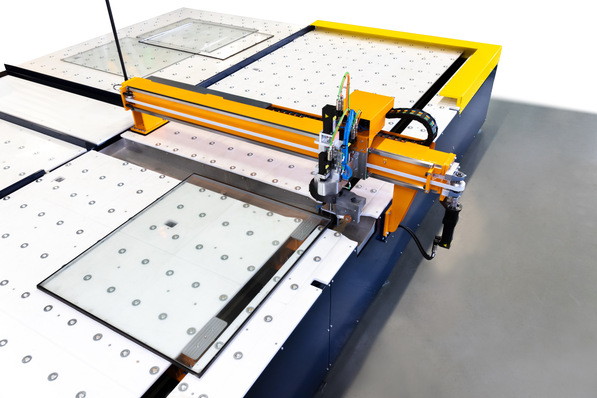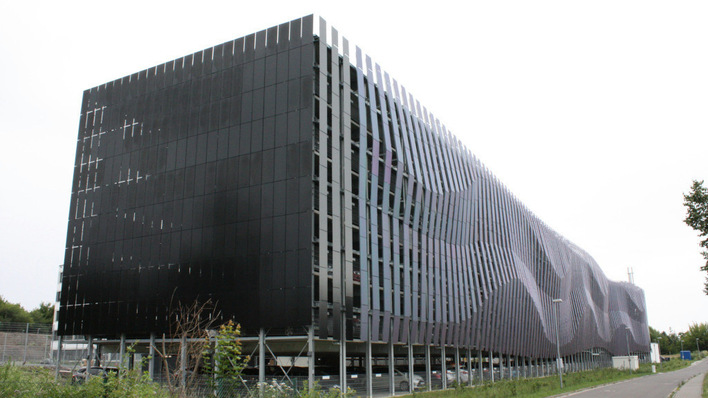"We are proud to be one of the first window manufacturers in Germany to offer CO2-reduced glass as standard. This pioneering development is not only a contribution to environmental protection, but also a step towards energy-efficient buildings,’ says TMP Managing Director André Leffler, emphasising the need to use CO2-reduced glass. ‘This project was made possible by the development of LC glass by AGC Interpane - a partner in the glass sector.’
André Leffler continues: ‘Our products are not only aesthetically pleasing, but also demonstrably certified as sustainable. We therefore offer architects, planners and building owners a reliable basis for the sustainability of their construction projects."
LC glass: 45 per cent fewer CO2 emissions
The move towards CO2-reduced glass fits seamlessly into TMP's activities to work on environmentally friendly solutions. This also includes, for example, the EPD certificate - an environmental product declaration from the independent Institute for Window Technology (ift) Rosenheim - with which TMP equips its windows and doors.
Depending on availability, low-carbon glass will be offered as standard with 4 mm insulating glass at TMP in future. The CO2 emissions of LC glass have been reduced by up to 45 per cent. Interpane achieves this by integrating recycled cullet, the processing of which is significantly more energy-efficient.
See also: Jumbo XXL IGU line for AGC Interpane in Bavaria
LC glass has all the technical properties of conventional float glass. It is therefore suitable for a wide range of applications, from laminated glass to coatings for sun shading and improved thermal insulation. This also makes it ideal for double and triple glazing. According to TMP, the introduction of CO2-reduced float glass marks a decisive step towards further environmentally friendly building innovations.
A few questions for the Managing Director of TMP
GW-News: How did TMP come to use low-carbon glass?
André Leffler: The reduction of CO2 emissions goes hand in hand with a sustainable corporate vision. We want to make our company sustainable in the future and be a pioneer in the development and implementation of high-quality and intelligent solutions. The focus is on people in harmony with nature and technology. That may sound very pathetic at first.
Also interesting: What does "Trinity" actually mean for glass facades?
However, the introduction of CO2-reduced products is just the beginning. The aim is to make products and services marketable that also fulfil these objectives, namely that, in addition to the desired performance characteristics, they are also as environmentally friendly as possible in their production and life cycle. With our long-standing supplier AGC Interpane, we have a partner who can supply CO2-reduced glass across the board if required. This enables us to better fulfil the increased requirements with regard to decarbonisation in house construction with an appropriate glass. Our profile system also has a high degree of recycling. The CO2-reduced glass therefore fits seamlessly into our sustainability strategy.
GW-News: Are windows with this type of glass more expensive than ‘normal’ windows?
No, we are starting cost-neutral with all insulating glass, which consists of 4 mm float glass and is therefore up to 45% CO2-reduced compared to comparable, conventional insulating glass.
GW-News: How have TMP's customers responded to this glass? Has there already been any feedback?
Our customers have taken to the new glass very well. Demand is high, particularly in the residential construction sector and also from the trade. Of course, there is still a need for further communication and transparency regarding the advantages over conventional glass variants. The performance properties of the glass, such as the Ug-value or sound insulation properties, are still frequently questioned. These are, of course, absolutely identical to previous standard glasses. But these questions are helpful and show us that we need to provide more information and clarification.
The questions were asked by the Head of Content of GW-News Matthias Rehberger














